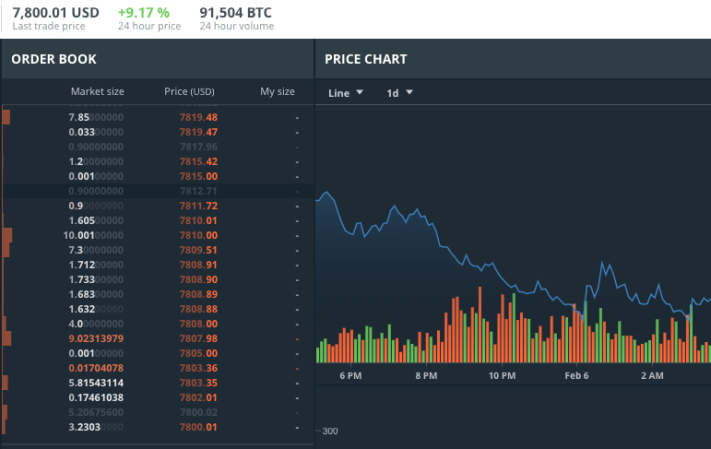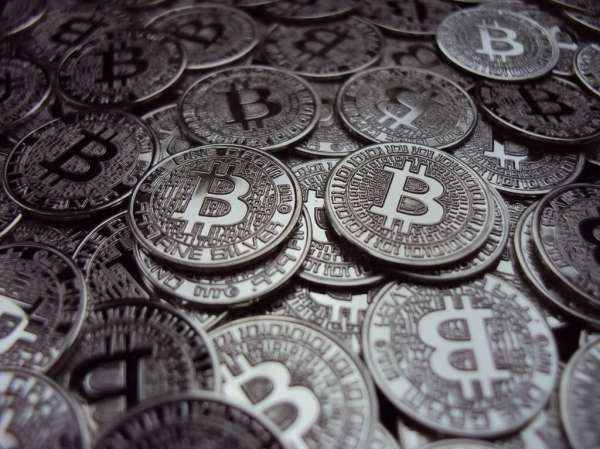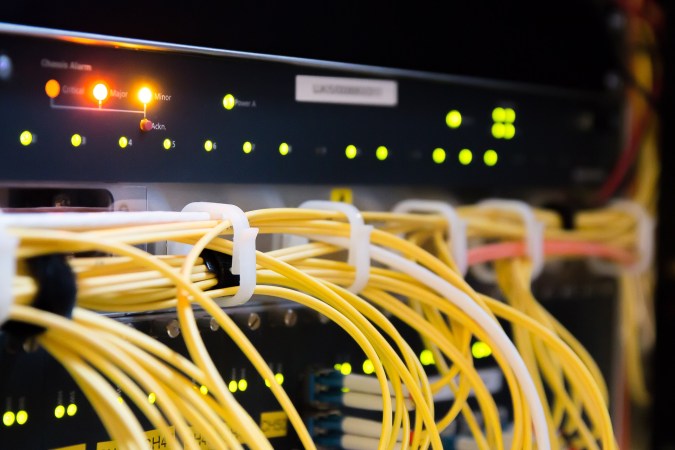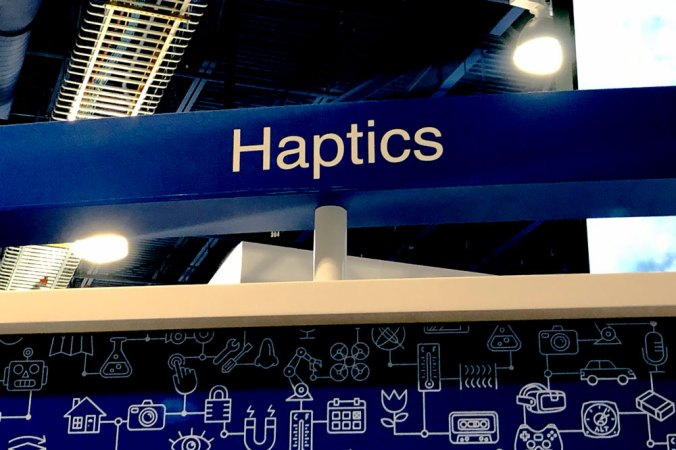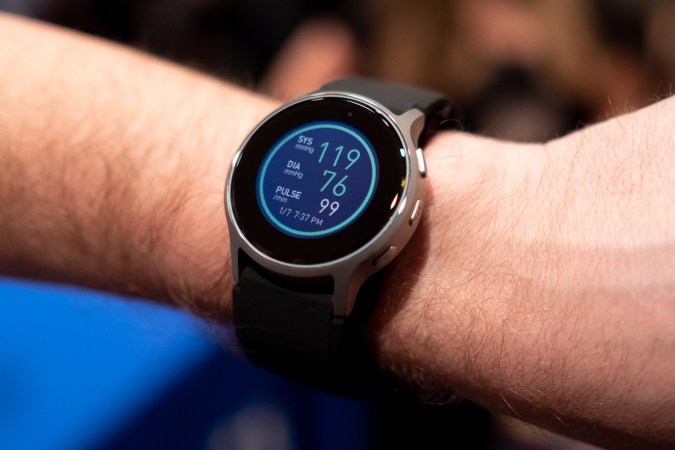

We may earn revenue from the products available on this page and participate in affiliate programs. Learn more ›
The Covid-19 pandemic and the resulting chip shortages and supply chain crisis have affected most areas of the economy, from cars to cameras. For the past two years, however, one of the worst impacted was the graphics card market.
Here’s why—and what it means that GPU prices are finally going back to normal.
Graphics Processing Units (GPUs) are specialized computer chips that primarily handle graphical operations, but they can also do plenty more. GPUs, which are also called graphics or video cards, are designed to perform an astounding amount of relatively simple and similar calculations at the same time, like running a video game in high resolution. A Central Processing Unit or CPU, on the other hand, is more capable of performing incredibly complex and varied calculations one after the other. For most PC gamers, the GPU is the weakest link in their gaming rig, and so the component most worth an upgrade.
With gaming getting more popular during the pandemic, it is no surprise that PC gamers were looking to buy more high-end GPUs to improve their computers. (For the same reasons, the PS5 and Xbox Series S and X have been almost permanently out of stock.) Unfortunately for them, however, video cards were also in high demand for another purpose: mining cryptocurrencies.
Because of their ability to perform billions of calculations per second, GPUs are especially useful for crypto mining. Each time a block is added to the Bitcoin or Ethereum blockchain, it triggers a race to solve an increasingly difficult math puzzle. The more and better the GPUs you have, the more you are going to get paid, because you can crank through that math faster. The energy costs of powering all these GPUs (and other more specialized mining chips) are why Bitcoin is such an environmental nightmare.
All this is to say that for the past two years, video card prices have been ludicrously high. When they could even get them in, most retailers sold out almost instantly and, at the peak in May last year, some graphics cards, like the Nvida RTX 30-Series line, were being sold by scalpers on eBay for more up to 3.5-times their official launch prices. For people who were just looking to upgrade their gaming PC, it was an absolute mess.
Now, though, the market seems to be finally going back to normal. According to Tom’s Hardware, which has been tracking GPU prices since late 2020, it’s now possible to purchase popular graphics cards at “somewhat reasonable prices” from many online stores. Even better, you can find some cards—like a GeForce RTX 3080 on Newegg for $1,000—for less than you would on eBay. Five or six months ago, it would have cost closer to $1,800 on the secondary market.
Tom’s Hardware speculates that the return to more normal prices are a sign that the “multitude of factors that caused the massive spike in GPU prices” are abating. The supply chain is less disrupted by the pandemic, so more cards are being manufactured and shipped. Cryptocurrency prices have been stable or falling, a factor that has made mining less profitable, and thus lessened the demand from miners for high-end GPUs. Tom’s Hardware also suspects that the rumored “backroom deals where millions of GPUs ended up going straight to mining farms” have stopped, further increasing the supply of video cards at retail.
All in all, PC gamers now should be able to pick up one of the latest generation of GPUs at something close to the manufacturer’s recommended sale price—and those prices are still trending down. Though there is one catch: AMD and Nvidia are both due to release their next-generation cards some time this year. The latest and greatest cards available from those companies now were released in 2020, even though they’ve been almost impossible to buy. For many, it might be worth waiting just a few more months—or, with how the market has been, we could just see another round of grossly inflated prices and scalpers turning profits.

